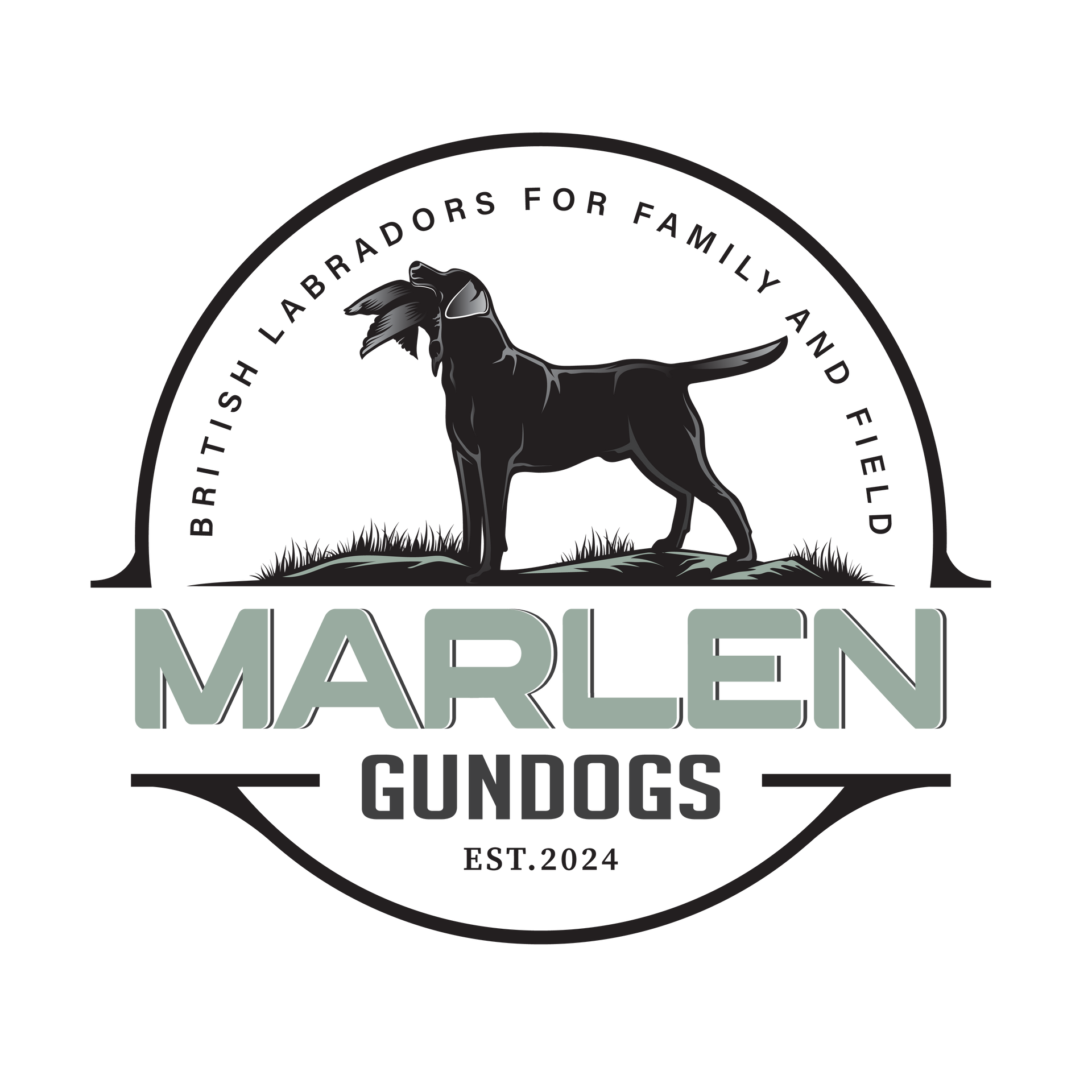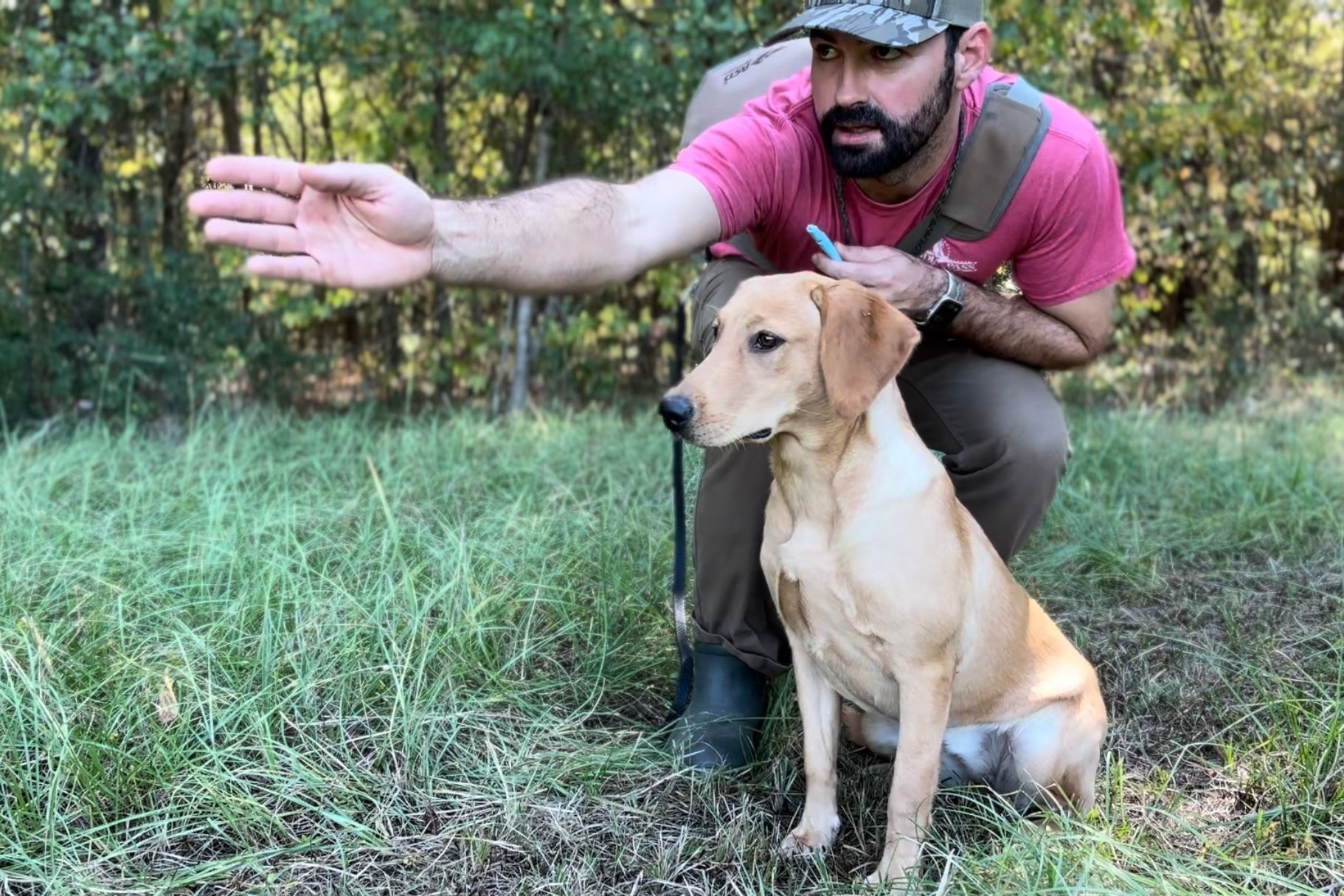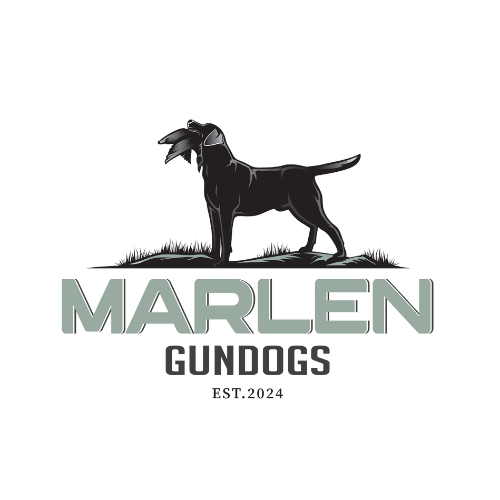Feeding Time is Training Time
Feeding time is training time. Our dogs have some sort of steadiness or obedience training associated with their feed time. For our older dogs, it may just be a roll call with all of them sitting in a group or setting their bowls in their kennel and having them heel around the yard before releasing them to eat. The puppies have a a similar regiment but our focus is on establishing behaviors and skills that pup will utilize for the rest of their life. There is no denying that the puppy months are the most impressionable time in a dog’s life. Why not take advantage of that time when pup is most easily influenced?
We start with a basic sit. Our “sit” command is also an implied stay – meaning we train the dog to “sit” until told otherwise. We do this by holding the food bowl over pup’s head and saying “Sit”. Pup’s natural tendency will be to sit as pup looks straight up at the bowl. When pup sits, we put the food bowl on the ground a few feet in front of pup. If at any time pup decides to move out of a sit then we pick the bowl back up and repeat the process. We enforce the implied sit by withholding the food bowl until the release command is given.
The implied “sit” command is typically started around 10-12 weeks old and is the basis of teaching the pup to learn with us. This is also a skill that I’ll recommend people start with their older dog that has never had obedience training. This isn’t just a great initial skill for puppies but also for older dogs that are initiating training or need to maintain a level of obedience. Once pup has this down and you are confident in pup’s ability to remain steady, then you can expand on this skill. However, be mindful that you are working with a puppy that is still very immature. Keep it fun and engage their brain but keep reasonable expectations and understand their limitations. If what you are asking pup to do is too complex that day, simplify it to make pup successful!
We feed our pups multiple times a day. That gives us an opportunity to have their undivided attention for several training sessions per day. It is surprising how easy and fun it is to progress during these times so long as you are diligent in doing so. We can engrain many great life skills that are so very beneficial to pup immediately and later in training. For instance, we eventually get to a “back” casting command during this time with a 3-4 month old pup. We may only do it for several feeding sessions and not again until pup is 7-8+ months old and in formal training. So far, the dogs that have ben the easiest to train have been the dogs that established desirable behaviors at feed time as young pups.
Here is a list of some things we are currently doing with a couple of our young pups. It changes often as we dream up new scenarios to suit the needs and limitations of the individual pup.
- Back casts to food bowl. Known and unknown. If we do an unknown, we make it super short and simple.
- Trailing memory. Set the bowl down and heel pup away. Then send back to bowl.
- Roll call with multiple dogs. Sit all dogs and put their food bowls in their kennels. The most steady and relaxed dog goes first.
- Sit with bowl close by for an extended period of time before releasing. Start with minimal distractions and add distractions as pup progresses.
- Whistle stop while they are eating. Give the whistle stop command and separate pup from bowl. Pup learns that the sooner they sit and focus on handler the sooner they can get back to eating.
- Whistle stop when they come out of a food bowl after finishing. Then recall and/or cast them to another bowl.
- Sit pup. Walk away set down food bowl. Recall pup with whistle then sit at heel. Release to eat.



